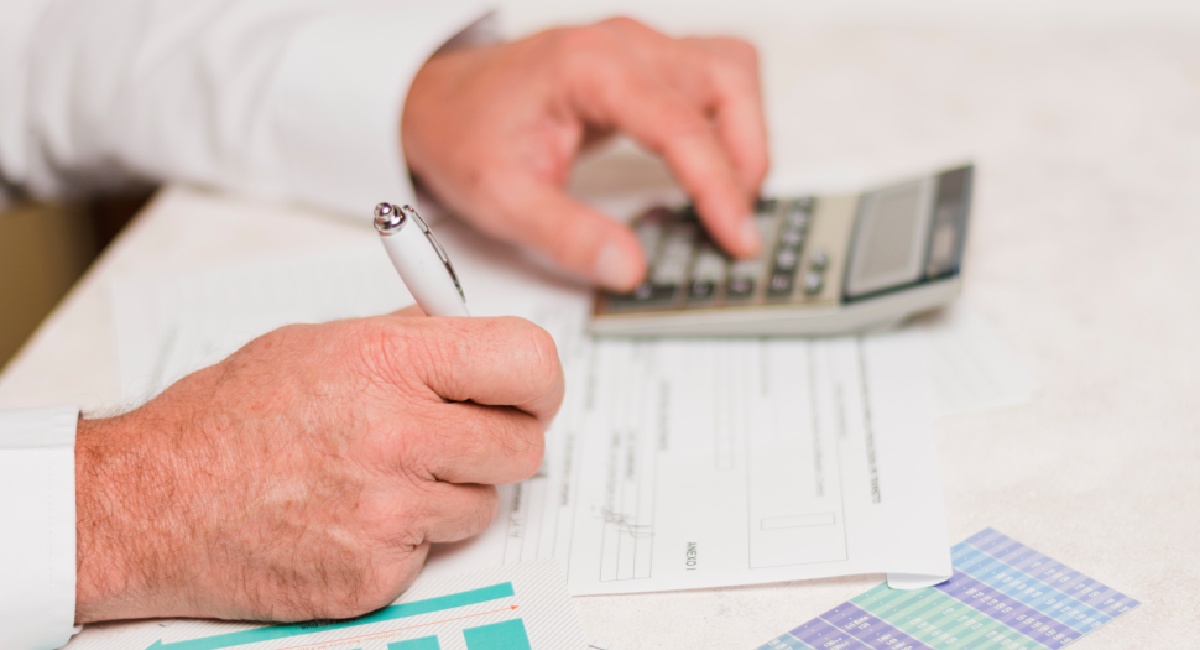Import VAT is a critical topic for anyone involved in international trade. In this article, we’ll delve into how it works, the necessary compliance steps, and strategies to avoid common mistakes and efficiently manage your imports.
Starting from the basics: what is import VAT?
Import VAT is a tax applied to goods entering the customs territory of Italy from non-EU countries. It is calculated based on the value of the imported goods, transportation costs, and any applicable customs duties. The purpose of this tax is to ensure fair fiscal treatment between domestically produced goods and imports, preventing market distortions that could disadvantage local businesses.
Understanding the rules surrounding import VAT is essential to avoid penalties and maintain competitiveness. Moreover, proper management of this tax directly impacts your company’s cash flow.
Customs payment of VAT on imports
Import VAT is paid at the time of customs clearance, when goods are officially registered for entry into the national territory. The importer must submit a customs declaration and pay the calculated VAT. Alternatively, the reverse charge mechanism allows for deferred VAT payment during the periodic VAT return, improving cash flow and reducing immediate financial impact.
The reverse charge mechanism: a strategic advantage
The reverse charge mechanism is particularly beneficial for businesses handling large import volumes. This system allows companies to record VAT as both a payable and a receivable simultaneously, avoiding an immediate cash outflow. As a result, many businesses find it advantageous to integrate this system into their processes. However, eligibility for the reverse charge mechanism requires meeting specific criteria and maintaining detailed documentation.
Necessary steps for managing import VAT
To properly manage import VAT, follow these steps:
- Register as a VAT-registered entity with the Revenue Agency.
- Identify the TARIC code to determine applicable rates and regulations.
- Complete the customs declaration using the Single Administrative Document (SAD).
- Pay the VAT due at the time of customs clearance or via the reverse charge mechanism.
- Retain all tax documentation for future audits.
Organization and precision are essential in every step to avoid issues.
How to determine the VAT taxable base for imports?
Another essential point to clarify, in order to illustrate the topic in sufficient detail, is the determination of the taxable base. In the calculation of import VAT, the taxable base includes the value of the goods declared at customs, the CIF costs—that is, transportation costs from the moment the goods leave the supplier’s warehouse until they reach the customs point in Italy, including any paid insurance—and, finally, any customs duties, which are calculated on the CIF costs added to the value of the goods.
For example, when importing machinery valued at €10,000, with CIF costs of €500 and customs duties of 5%, the taxable base will be:
(€10,000 + €500) + 5% = €11,025.
This total becomes the basis for calculating import VAT. A common mistake is failing to include all additional costs, such as insurance, in the calculation. Importers must pay close attention to every detail to avoid discrepancies.
It’s also essential to accurately classify the goods from a commodity perspective, ensuring the correct application of tariffs, taxes, and determining if licenses or import restrictions apply.
Accurately determining the taxable base is essential to avoid disputes with customs authorities. Errors can lead to penalties and delays in the clearance process, disrupting the entire supply chain. For this reason, many companies invest in customs consultants to minimize risks and hidden costs.
How to reduce the impact of import VAT
Here are some strategies to optimize import VAT management:
- Use VAT warehousing: Postpone VAT payment until the goods are sold, improving cash flow.
- Leverage reverse charge: Record VAT directly in your periodic VAT return to streamline financial management.
- Plan with customs experts: Identify opportunities to minimize costs and risks while ensuring compliance.
- Take advantage of tax exemptions: Utilize special regimes or reduced VAT rates where applicable.
- Implement technology solutions: Use tax management software to automate calculations and simplify procedures.
Common mistakes to avoid
Avoid these common errors to prevent penalties and delays:
- Incorrect data in customs declarations: Always provide accurate and complete information.
- Miscalculating the taxable base: Ensure all relevant costs, such as transportation and insurance, are included.
- Missing deadlines: Plan ahead to meet all tax and customs deadlines.
Digital tools and management software can significantly simplify import VAT processes. From automated form completion to verifying calculations, adopting advanced technology reduces the risk of errors and enhances overall efficiency. In today’s globalized market, these tools have become indispensable.
Managing VAT on imports requires regulatory knowledge and careful planning. Understanding how to calculate the taxable base, choosing the best payment strategies, and complying with tax obligations will allow you to optimize costs and improve the efficiency of your international trade operations.
For more information or a personalized consultation, feel free to contact us!










